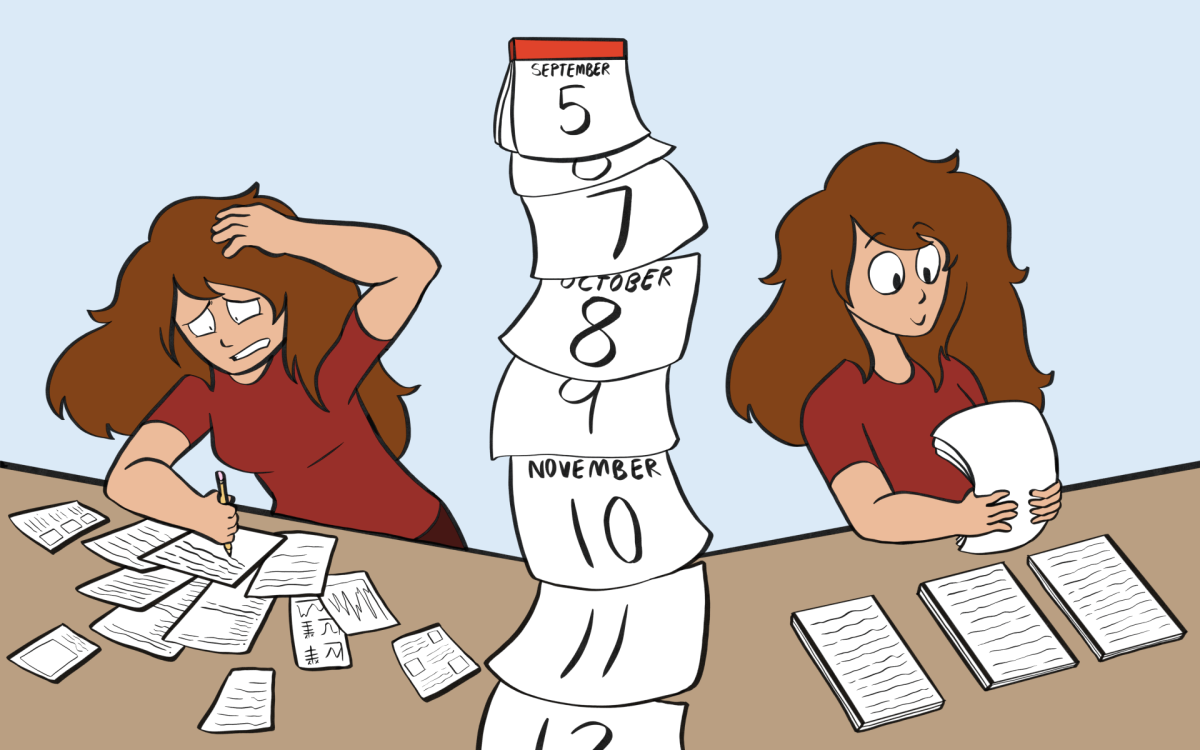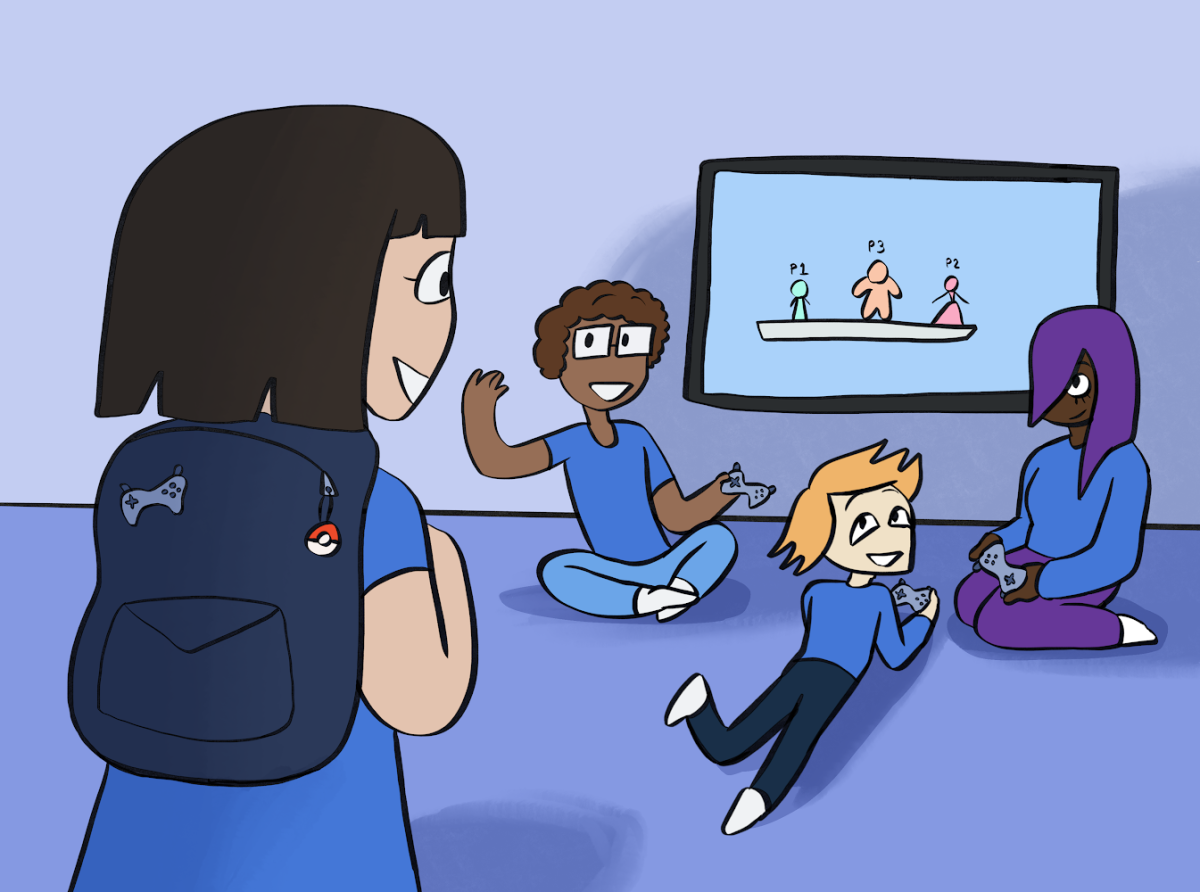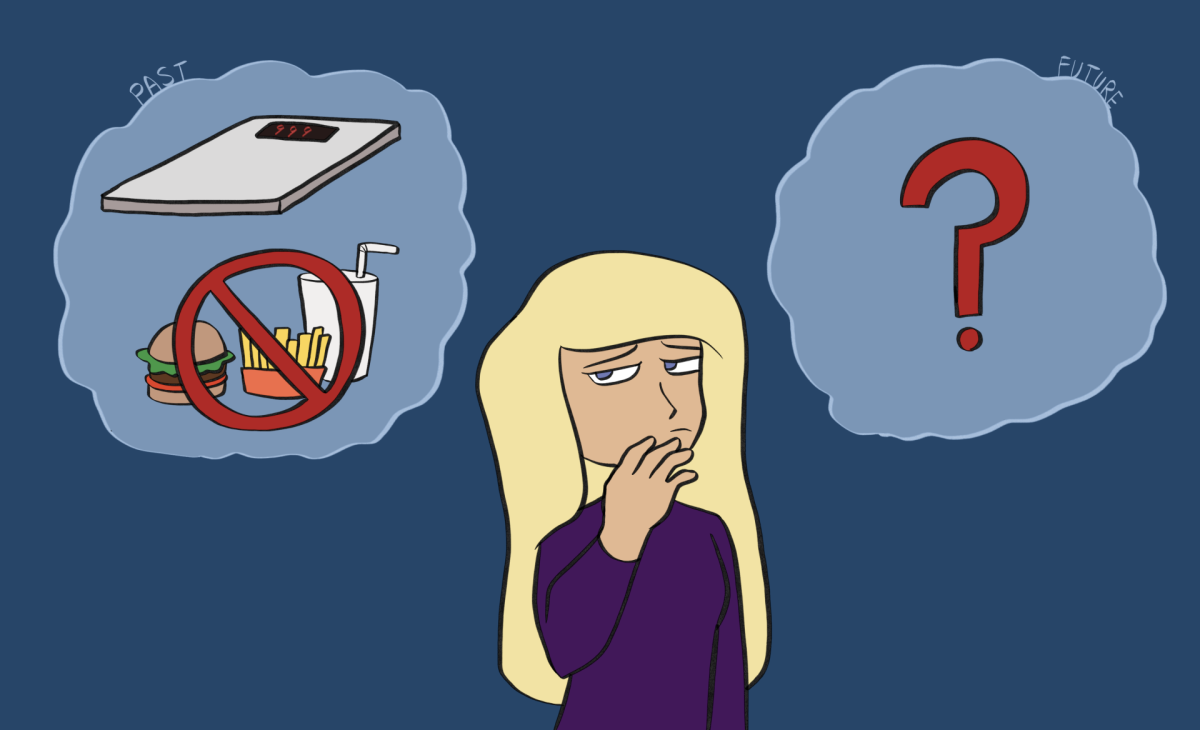As the last of the leaves begin to fall and the trees are left barren, the crisp autumnal breeze calls for warmer jackets and gloves.
As the sun begins to set earlier each day, it is clear that winter is just around the corner, and so are the winter blues.
It is not unusual that many people feel a little moody this time of year. When it is dark and cold outside, reaching for a hearty helping of comfort food or lying in bed a while longer feels instinctual. The thought of a pumpkin spice latte from Brownstone’s may be all the motivation you need to start the day, but for many people, the bleak fall and winter weather can lead to depression.
According to Harvard Medical School, winter depression accounts for nearly 10 percent of major depression cases and an even more severe form of seasonal depression is a phenomenon known as Seasonal Affective Disorder (SAD). Between four and six percent of the United States’ population suffers from SAD each year, while nearly 20 percent show symptoms of the disorder, including fatigue, weight gain and antisocial behavior.
Although seasonal depression remains a mystery to scientists, researchers have concluded that exposure to sunlight-or lack thereof-has a significant impact on people who are feeling the effects of the winter blues. Places in higher latitudes, like Chicago, experience fewer hours of daylight in the winter months, putting people in these areas at higher risk for seasonal depression.
The solution seems simple: exposure to bright light should reverse the symptoms associated with the winter blues. Light therapy, which exposes patients to artificial lights equivalent to that of a sunrise, has proven to be a relatively effective treatment for people suffering from SAD. However, new studies suggest that it is not only exposure to light that can positively impact a patient’s health; the time of day at which a person is exposed could be just as significant.
Dr. Alfred Lewy, who studies SAD at the Oregon Health and Science University, has compared SAD to a long-term jet lag, with recent published research supporting his theory that this form of depression is a result of a disturbance in the circadian rhythm. Bright light in the morning resets the circadian clock, letting the body know that it is time to wake up, but Lewy believes that the delayed dawn of the fall and winter throw the body’s normal 24-hour rhythm off balance. In his studies, Lewy found that for the majority of his patients, a regimen of light exposure in the morning was effective in resetting their circadian clocks.
The lack of sunlight in the winter months is inevitable, but there are easy lifestyle changes that can lower the risk of SAD and its milder forms. Eating a well-balanced diet, doing frequent exercise, socializing with friends and deliberate light exposure can help prevent the onset of seasonal depression.
A Harvard study found that being outside, even when it is not sunny, could also help with SAD symptoms. An hour-long walk on a dark winter afternoon can have the effectiveness of two and a half hours of exposure to artificial light.
So do not forget to take a break from studying or watching your favorite television shows, and go outside and enjoy the snow.







